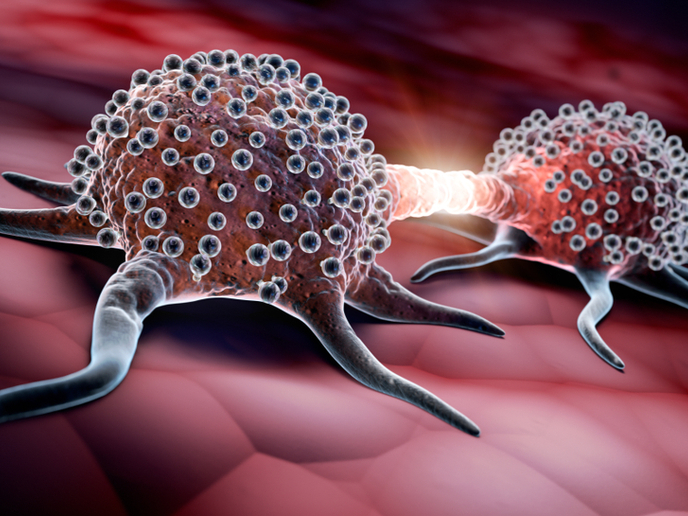Cell developmental processes and dynamics
The MORPHO-SIGNALING (Quantitative analysis of the interplay between cellular signaling and cell morphology during development) project focused on the Notch signalling pathway. Central to the signalling system in multicellular animals, it plays a critical role in the generation of distinct cell fate among groups of initially identical cells. The pathway then marks neighbouring regions in developing tissues. Researchers developed several fluorescence-based techniques for studying the biophysical properties of Notch receptors and ligands and their interaction with neighbouring cells. They observed cell-to-cell interactions using a new micro-patterning technology and time-lapse microscopy. Results indicated that the magnitude of signal transmission is proportional to the contact area between cells. Mathematical models showed that this relationship can strongly influence the selection of differentiated cells in lateral inhibition. This is a particular feature of Notch signalling whereby neighbouring cells are prevented from becoming specific cell types. Live imaging assays were used to measure the diffusion of Delta-like 1 protein in mammalian cells. A homologue of the Notch Delta ligand, it mediates cell fate decisions. The researchers used a reaction-diffusion model to show how membrane dynamics and cell morphology affect cell-cell signalling. Differences in diffusion rates dramatically impacted signalling between cells, particularly when contact areas are small. Taken together, the experimental tools of the MORPHO-SIGNALING project have provided important information on the reciprocal influence of signalling and cell morphology during development. Concurrently, unprecedented details will be generated regarding the Notch pathway, including receptor–ligand kinetics and spatiotemporal activity during development.







